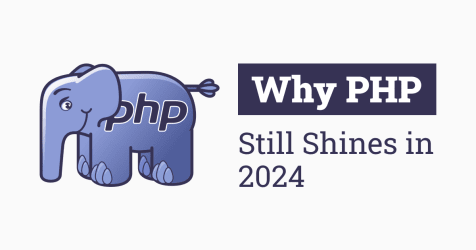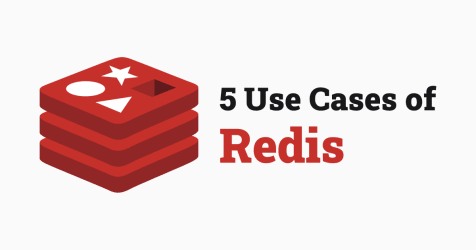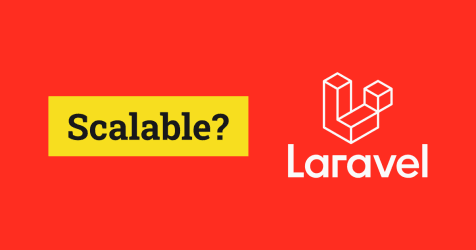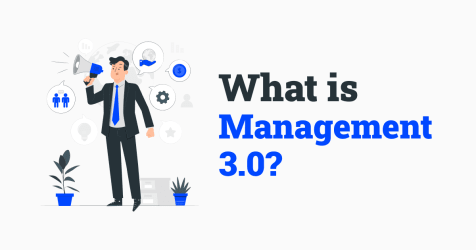Agile Methodologies: Scrum, Lean, and Spotify
In the management of technology projects, quickly adapting to changes and maintaining relevance in volatile markets are crucial. Agile methodologies are project management strategies that promote the rapid delivery of high-quality products, focusing on flexibility and continuous collaboration. Let’s delve into three prominent methodologies: Scrum, Lean, and Spotify, explaining each and exploring their advantages and disadvantages.
Scrum: Flexibility and Focused Structure
Description:
Scrum is a well-known agile methodology that manages projects in short iterations called “sprints” (product development periods usually lasting between two weeks and a month). Each sprint begins with a planning session and ends with a review of the work done and a retrospective to learn from the experience.
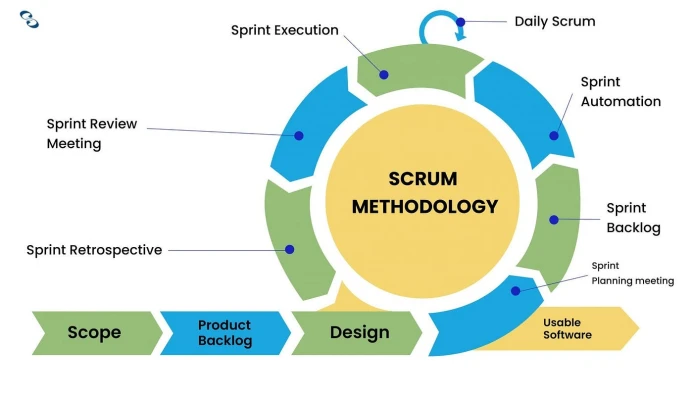
Pros:
- Short and Planned Iterations: Allows for rapid adaptations to changes and continuous product improvements.
- Defined Roles and Responsibilities: Clarity in responsibilities thanks to defined roles such as the Scrum Master (process facilitator), the Product Owner (client representative), and the Development Team (carries out development work).
Cons:
- Can Be Rigid: Although it promotes adaptability, the structure of Scrum can be seen as rigid due to the need to follow certain events and practices.
- Dependence on Key Roles: The effectiveness of Scrum largely depends on the performance of the Scrum Master and the Product Owner.
Lean: Efficiency and Maximum Value
Description:
Lean is a methodology that originated in Toyota’s production system. It focuses on operational efficiency by eliminating all types of waste, that is, activities that do not add value to the customer. Lean promotes practices that maximize the value delivered to the customer by minimizing unnecessary activities and continuously improving processes.
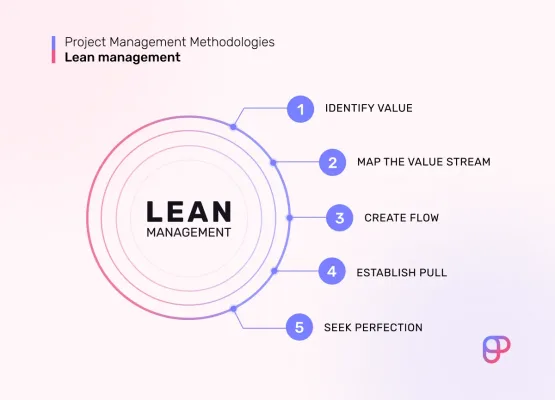
Pros:
- Maximization of Value: Prioritizes the delivery of value to the customer, reducing activities that do not contribute to the final goals.
- Efficiency and Adaptability: Encourages a culture of continuous improvement, allowing for rapid adaptations to changing needs.
Cons:
- Excessive Focus on Efficiency: The constant search to reduce waste can detract from innovation and long-term development.
- Pressure on Employees: The continuous focus on efficiency can create a stressful work environment.
Spotify: Innovation in Agile Scalability
Description:
The Spotify methodology is not a formal methodology like Scrum or Kanban, but a working model developed by the music streaming company Spotify. This model focuses on the autonomy and agility of teams, organized into “Squads” (small teams that work as basic production units). These squads are grouped into “Tribes” (groups of squads that work in related areas), facilitating collaboration and minimizing redundancies.
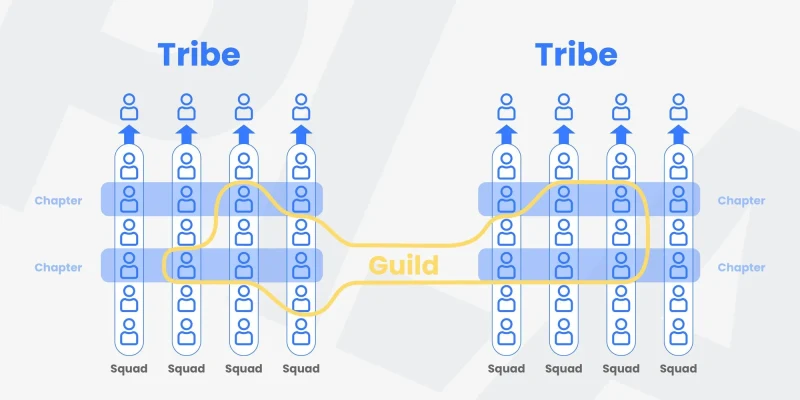
Pros:
- Team Autonomy: Squads operate with a high degree of independence, which fosters innovation and speeds up decision-making.
- Clear Organizational Structure: The organization into squads, tribes, and other subunits like “guilds” (interest groups) and “chapters” (groups with similar skills) promotes effective communication and can effectively scale without losing agility.
Cons:
- Requires Organizational Maturity: The success of this model depends on a strong organizational culture based on agile principles, such as collaboration and adaptability.
- Risk of Functional Silos: A lack of communication between different squads or tribes can occur, especially in large organizations.
Each of these agile methodologies offers a distinct approach that may be ideal for some organizations, but not for others. The right choice depends on the type of project, the culture of the organization, and the specific needs of the client. Which of these methodologies would resonate most with your work environment?
